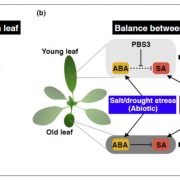
Review: The plant immune system in heterogeneous environments (Curr Opin Plant Bio)
Plant Science Research WeeklyNobori and Tsuda review how the plant immune system is able to function in heterogeneous environments through its properties of resilience, tunability and balance. They define a resilient system as one where “output remains stable even when part of the system is disabled.” Abiotic factors such as…

Structure and activation of a plant NLR resistosome ($) (Science)
Plant Science Research WeeklyThe 2017 Chemistry Nobel Prize went to the developers of cryo-electron microscopy, and this method is transforming plant science as well as other life sciences. In a pair of back-to-back papers, Wang et al. used cryo-EM to examine how ZAR1, a CC-NLR protein [Coiled-coil (CC) nucleotide-binding (NB),…
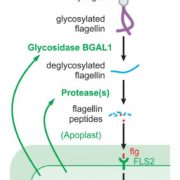
Detection and stealth at the wall: glycosidases and glycans in flagellin peptide recognition ($) (Science)
Plant Science Research WeeklyBacterial flagellin is a well-known microbial pattern that triggers plant immune responses. Flagellin is a glycosylated protein polymer. The immunogenic domain is buried within the protein structure as well as beneath a glycan layer. Buscaill et al. set out to identify how this immunogenic elicitor is…
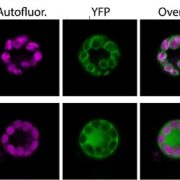
A high‐throughput transient expression system for rice (Plant Cell Environ)
Plant Science Research WeeklyTransient expression platforms allow short-term expression of candidate genes in the host plant, without the integration of DNA into the host genome. The expression cassettes are delivered to the host cells either by Agrobacterium- or microprojectile-mediated approaches. Agrobacterium-mediated transformation…
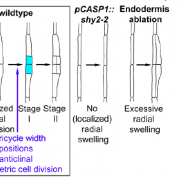
EXPANSIN A1-mediated radial swelling of pericycle cells positions anticlinal cell divisions during lateral root initiation ($) (PNAS)
Plant Science Research WeeklyLateral root development helps plants explore the soil for mineral nutrients and water, and there are environmental and internal cues that precede the formation of lateral root primordia. In Arabidopsis thaliana, some of these internal cues include increased auxin concentrations around lateral root founder…
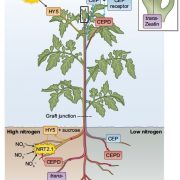
Review: Connecting the pieces: uncovering the molecular basis for long-distance communication through plant grafting (New Phytol)
Plant Science Research Weekly
Grafting is an ancient vegetative asexual plant propagation technique. It is characterized by the connection of two plant segments, the shoot piece known as ‘scion’ and the root piece called ‘rootstock’ or simply 'stock'. Grafting is widely used in agriculture to improve crop production and…
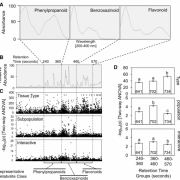
Diverse metabolites across maize GWAS panel for dissecting maize genetic architecture (Plant Cell)
Plant Science Research WeeklyPlants can produce metabolites that are directly involved in various biological pathways. Identifying variations of specific metabolites in different genotypes would facilitate the understanding underlying complex genetic architecture of maize. One of most representative natural diversity panels, the…
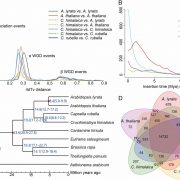
Dramatic changes in repeat element content and gene family sizes underlie the high-altitude adaptation of rock-cress (PNAS)
Plant Science Research WeeklyThe ability to grow on the ‘roof of the world’ - the Qinghai-Tibet Plateau, makes Crucihimalaya himalaica (Rock-cress) an important model for studying adaptive evolution. A draft genome sequence of C. himalaica reported by Zhang et al. now provides clues to its speciation and ecological adaptation.…
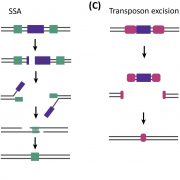
Review: Copy Number Variations shaping plant domestication (Trends Plant Sci)
Plant Science Research WeeklyHuman-associated plant domestication is a co-evolutionary process that began at least 12,000 years ago. However, the genetic variations underlying many domestication traits are still unknown. In this review, Lye and Purugganan discuss how copy number variations (CNVs) have played an important role in…

